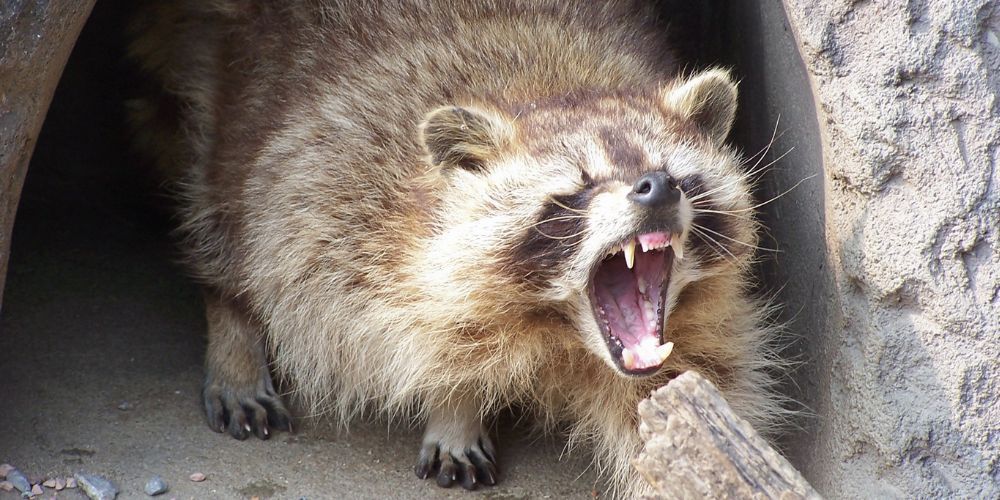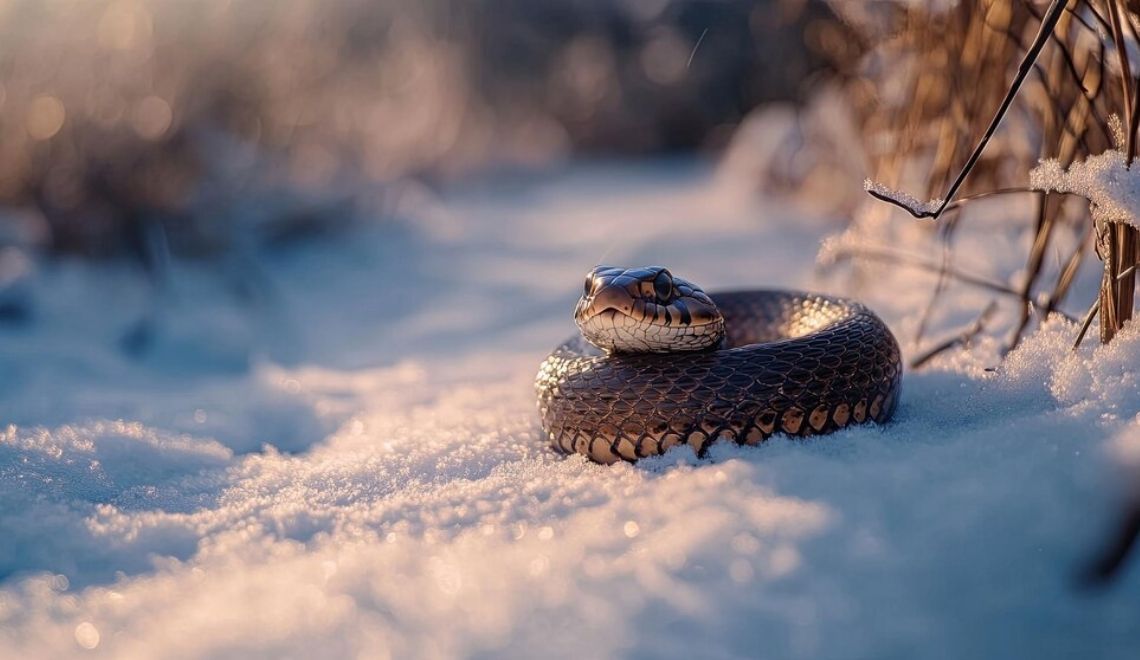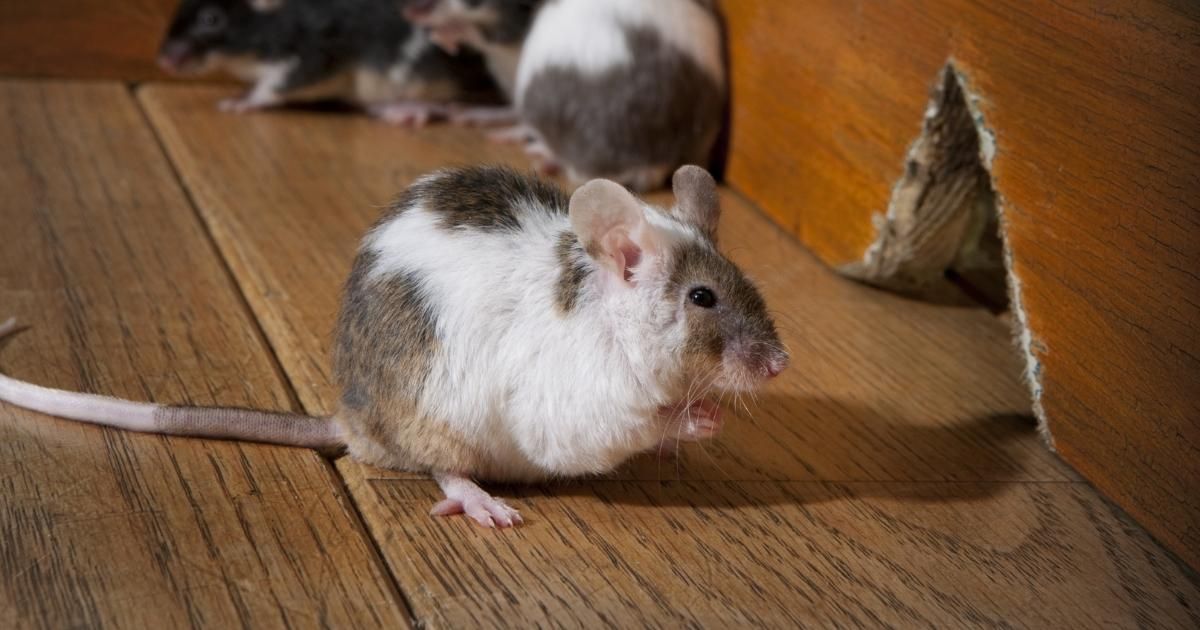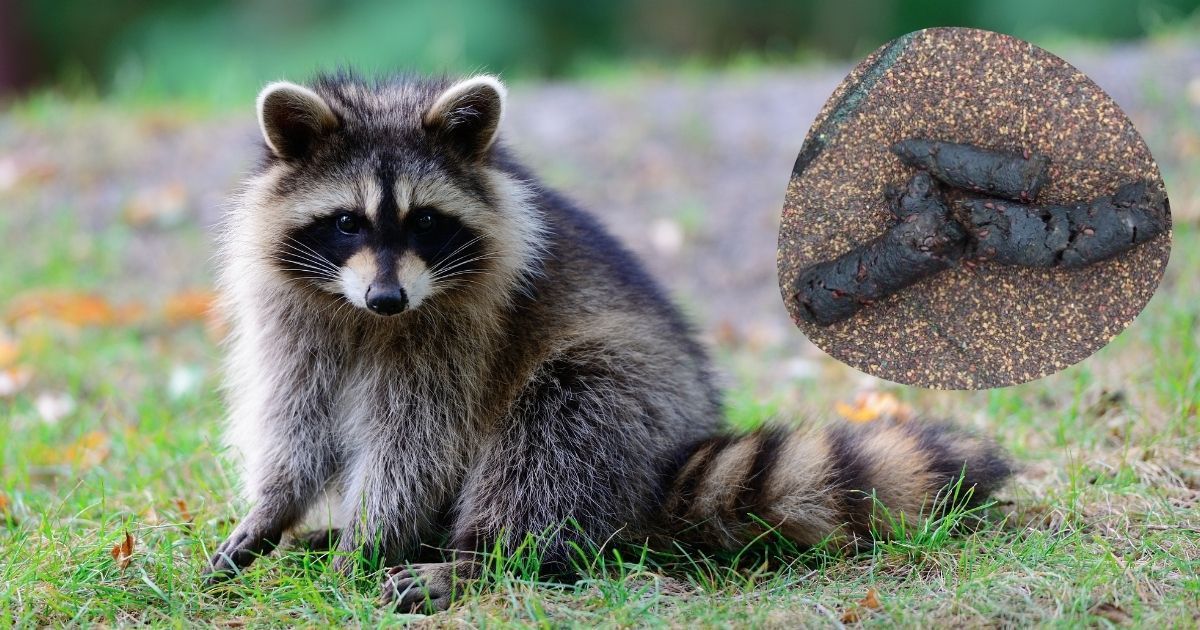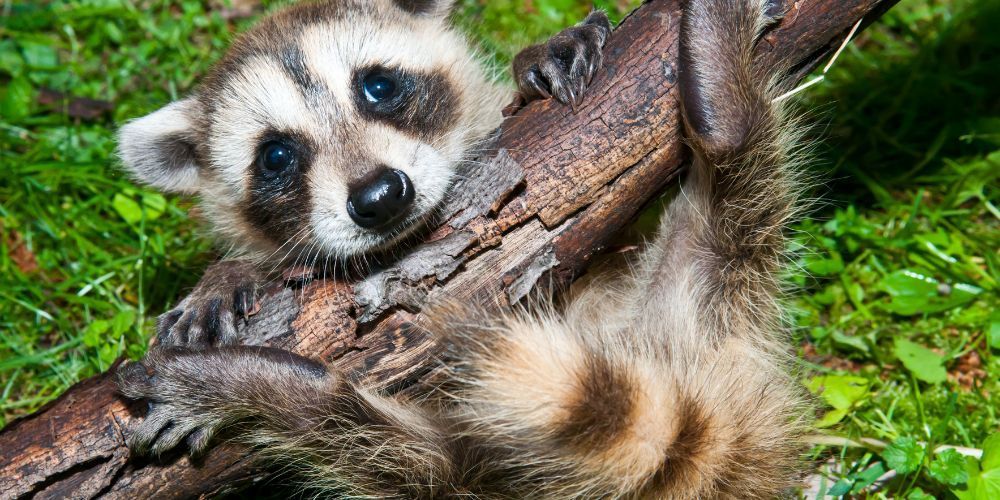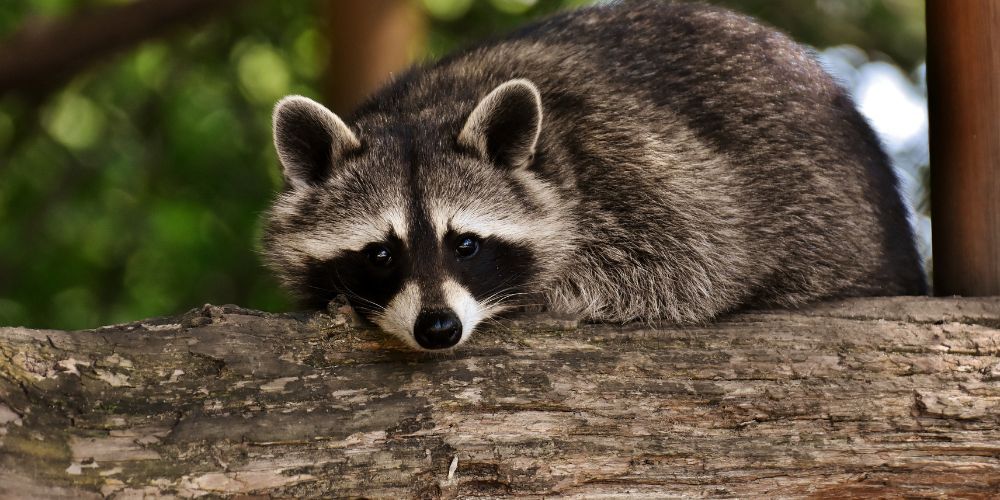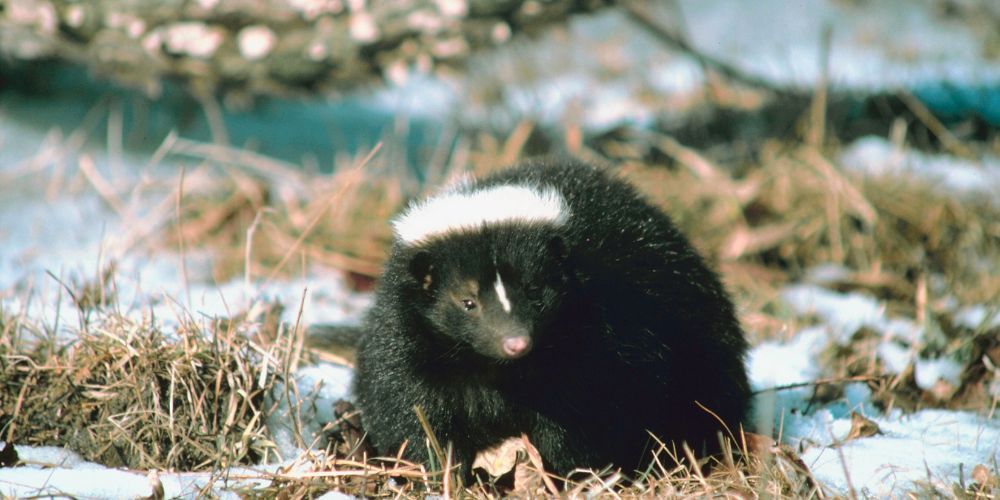Skunk Droppings and How to Handle Them Safely
Identifying animal poop is the first step in knowing if wildlife is living around your home. Skunk poop is a dead giveaway of their presence. This post will help you recognize skunk scat, the risks and how to prevent and deal with skunk intrusions.
What Does Skunk Poop Look Like?
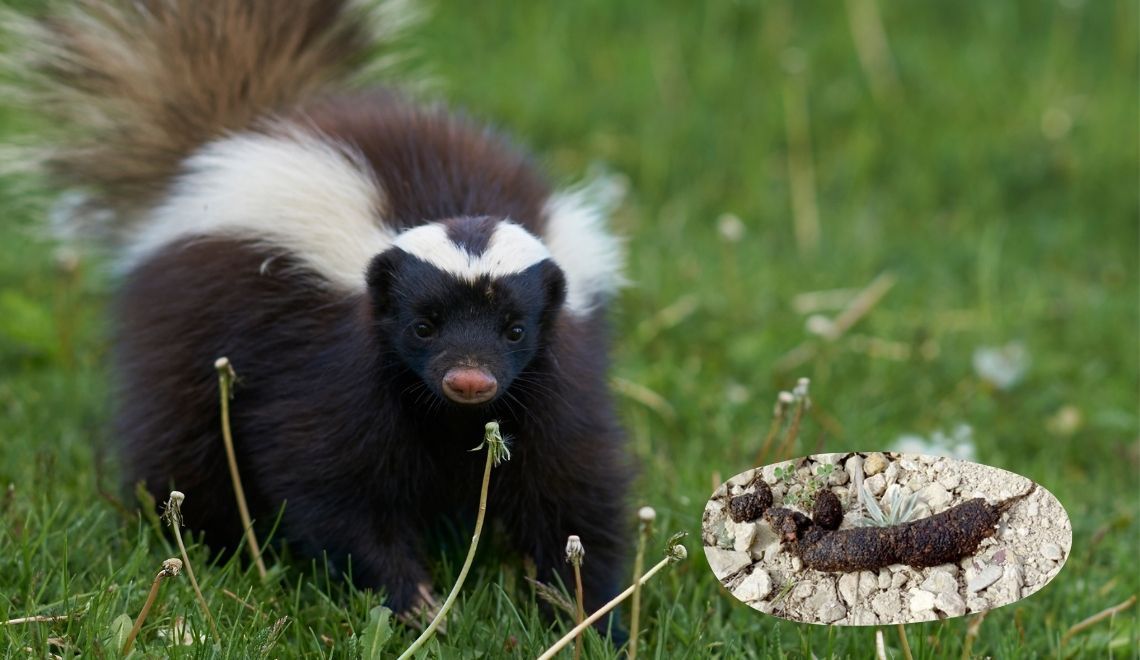
Skunk poop is often mistaken for cat poop. Found in gardens or lawns, skunk poop is tubular with blunt ends.
- Length: 1–2 inches
- Diameter: ¼–½ inch
- Contents: Undigested insect parts, berry seeds, fur or feathers.
How to Identify Skunk Scat
Identifying skunk poop will help you know if you have a skunk problem:
- Found near gardens, garbage bins or under decks.
- Scattered across lawns, not like raccoons which poop in communal areas.
- Has visible signs of their diet, insect exoskeletons or seeds.
Health Risks and Safety Concerns
Potential Diseases and Hazards
Skunk poop may carry pathogens that can harm humans and pets. Some of the diseases associated with skunk droppings are:
- Listeriosis: A bacterial infection that causes fever, muscle aches and gastrointestinal issues.
- Leptospirosis: A bacterial disease that can cause kidney or liver damage.
- Pet Concerns: Canine hepatitis, canine distemper and feline panleukopenia for pets exposed to skunk poop.
Safe Handling and Disposal
Handling skunk droppings requires proper precautions:
- Wear gloves and a mask to avoid direct contact.
- Use a sealed bag to collect and dispose of droppings in the trash.
- Disinfect the area thoroughly using a strong cleaning agent.
Habitat and Behavior of Skunks
Common Skunk Habitats
Skunks prefer areas that provide easy access to food and shelter:
- Beneath porches, decks, and sheds.
- Near garbage bins or compost piles.
- Gardens with plentiful insects and berries.
Skunk Behavioral Patterns
Skunks are nocturnal and mostly active at night. They tend to:
- Forage for insects, grubs, and berries.
- Create burrows for shelter and raising young.
- Spray a foul-smelling liquid as a defense mechanism.
Prevention and Control
Preventing Skunk Intrusion
- To keep skunks away from your property:
- Secure garbage bins with tight-fitting lids.
- Seal any gaps or holes under your home, shed, or deck.
- Use motion-activated lights to deter nocturnal visitors.
Effective Remedies and Repellents
Natural and chemical repellents can discourage skunks:
- Sprinkle cayenne pepper or ammonia-soaked rags around entry points.
- Install fencing or mesh to block access to potential nesting spots.
- Use commercial repellents designed specifically for skunks.
Read Also: How to Create a Natural Skunk Repellent
Cleaning and Sanitation of Skunk Droppings
Cleaning Methods
Follow these steps to safely clean up skunk droppings:
- Wear protective gloves and a mask.
- Use disposable paper towels or a scooping tool to collect droppings.
- Double-bag the waste before disposal.
Sanitizing Affected Areas
After removing droppings, sanitize the area to eliminate bacteria and odor:
- Apply a disinfectant spray to the contaminated spot.
- For outdoor areas, hose down the surface and use a cleaning solution.
- Indoors, clean with bleach or a commercial disinfectant.
Skunk vs. Raccoon Poop
While skunk and raccoon droppings share similarities, key differences can help you identify the source:
- Size: Raccoon poop is larger (2–3 inches long, ½ inch in diameter).
- Location: Raccoons often use shared latrines, while skunk droppings are scattered.
- Contents: Skunk scat often has insect remains, while raccoon droppings are darker and may contain undigested plant material.
Identifying droppings and understanding skunk behavior can help you take proactive steps to protect your home and health. If you suspect an infestation, consider contacting
wildlife control professionals to handle the issue safely and effectively.
Frequently Asked Questions (FAQ)
What does skunk poop look like?
Skunk poop is tubular, blunt-ended, 1-2 inches long, and ¼–½ inch in diameter. It often contains insect bites, berry seeds, or fur.
How to tell skunk poop from raccoon or cat feces?
Skunk poop is smaller (1-2 inches) with visible seeds or insects. Raccoon poop is larger (2-3 inches) and darker. Cat poop is rounder and smaller.
Are skunk droppings dangerous to humans?
Yes, they can carry diseases like Listeriosis, Leptospirosis, and roundworms, which can harm humans and pets.
What’s the safest way to clean skunk feces?
Wear gloves and a mask, use disposable tools, double-bag the waste, and disinfect the area.
How can I prevent skunks from pooping in my yard?
Secure trash bins, seal entry points, use deterrents like cayenne pepper or ammonia, and install motion-activated lights or sprinklers.
Cities We Serve
Contact Us Today
Contact Us
We will get back to you as soon as possible.
Please try again later.
Wildlife Control 360 specializes in the humane control and removal of wildlife like raccoons, bats, birds, rats, snakes, bees, skunks, foxes, gophers, and squirrels.
Service
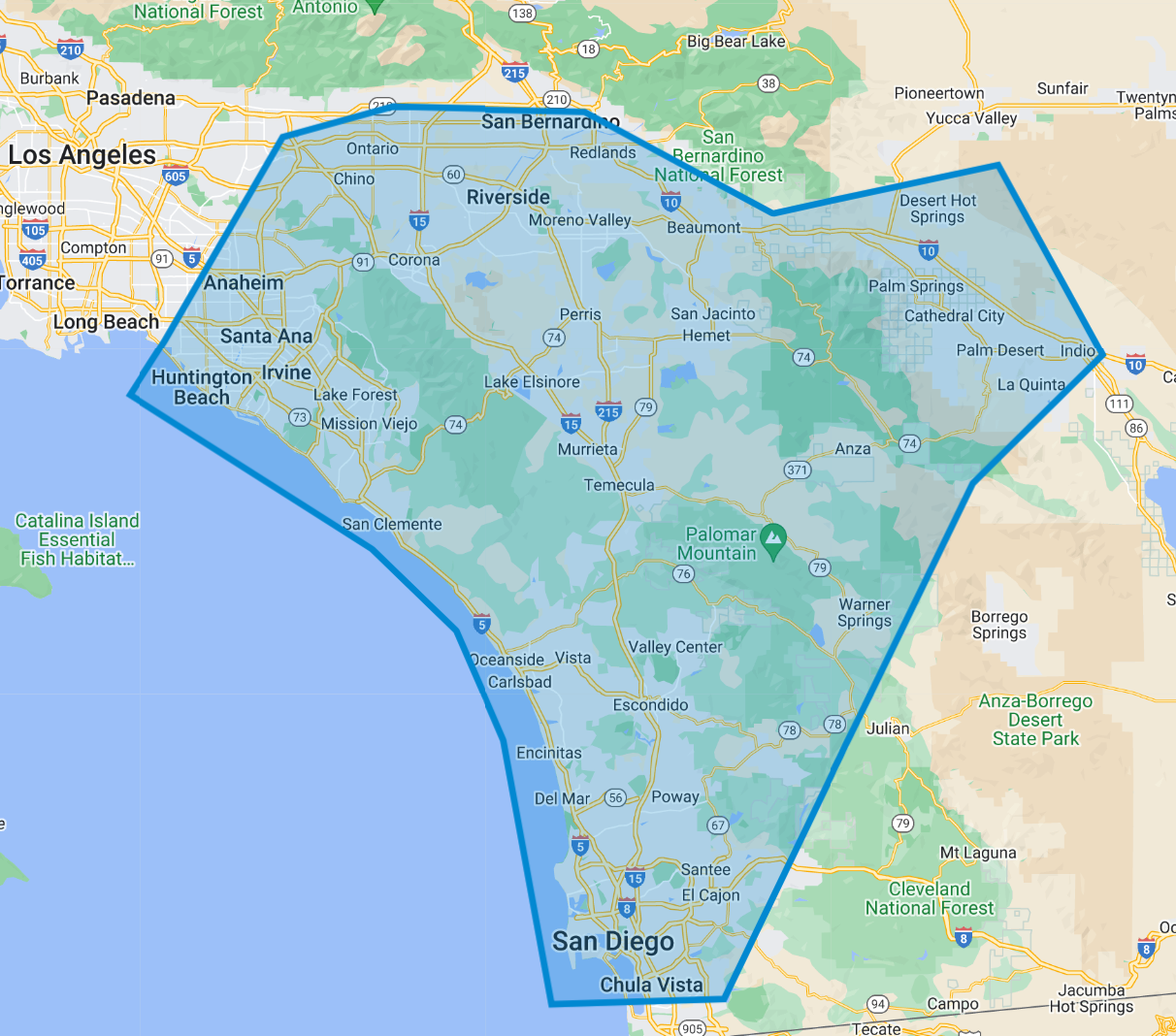
© 2024 All Rights Reserved | Wildlife Control 360

